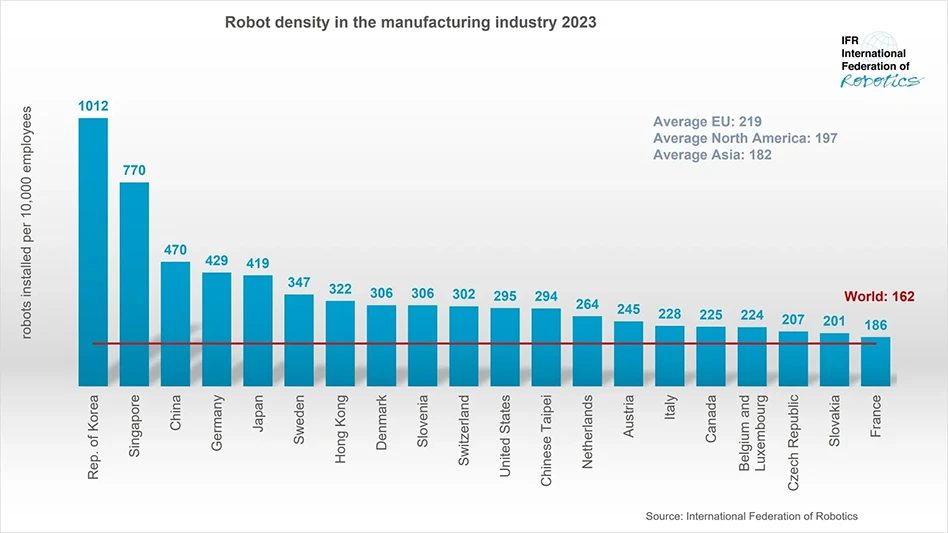 Several trends in healthcare are aligning to cause medical device integration to accelerate rapidly.
Several trends in healthcare are aligning to cause medical device integration to accelerate rapidly.
Meaningful use
Meaningful use has been a driver for integration between medical devices and EHRs from the start, when capturing height, weight, and BMI was all that was required. The bar was low – just a few simple vital signs for the patient. But it was an incentive strong enough for hospitals to start automating the transfer of results so nurses wouldn’t have to key them manually into the EHR.
When integrated with an EHR, vital signs and other medical device results also provide data that can be used to enhance clinical decision support initiatives. For example, hospitals are required to implement a number of clinical rules to comply with meaningful use, one of which may state that if a patient has an elevated heart rate, a particular respiratory issue, and a declining cardiac output over three hours, then that patient needs to be seen by a clinician STAT.
Revenue demands
Financial pressures resulting in reduced profit margins are causing hospitals to take a closer look at their workflows to ensure they are billing for all the work they do. Medical device integration can document activity that would previously go unreported, allowing hospitals to capture what could be lost revenue.
One example is smart pumps – IV infusion pumps with interfacing capability. The initial administration of an intravenous drug is commonly documented in the EHR. However, stop events and titration events go undocumented at many hospitals. Without proper documentation of all start and stop times – including titrations – Medicare and other payers do not reimburse for the maximum amount possible, resulting in lost revenue. Medical device integration can document all this activity automatically, generating revenue for the hospital.
|
Players Creating an integrated solution and bringing it to life requires the expertise and collaboration of multiple contributors. Engineers at medical device manufacturers Medical device EHR integration experts Hospital biomedical engineers and IT staff While in the past these two groups generally have operated independently of each other, efforts to integrate medical devices now require them to collaborate. Biomed staff must engage hospital IT as they research new products and create RFPs. The key message for hospital biomed readers of this article: Talk to IT staff early to ensure your RFP requirements include features and functionality necessary for successful integration with your hospital’s EHR. Ask your device vendor what outbound capabilities exist. Focus on devices that are LAN aware and capable of sending out data in a structured format. If there is a device that addresses clinical needs and can integrate with the EHR, it will quickly become the obvious choice and position your project for success. |
Emergence of standards
Due to the work of standards bodies, new medical devices have a better ability to integrate with EHR systems using established protocols. Leading this push toward standards is Integrating the Healthcare Enterprise (IHE), an organization focused on improving interoperability between different healthcare IT devices and systems through the coordination of established standards.
IHE is supported by a growing number of medical device vendors who recognize that integration not only benefits patient care, it’s also good business for device manufacturers and EHR vendors. IHE examines the different types of standards in play (coding, wireless data transmission, security, medical terms, etc.) and creates integration profiles combining those standards so healthcare vendors can communicate with each other. This interoperability provides a strong foundation for clinical workflow best practices.
Devices
Medical devices can connect to hospital networks using internet protocol (IP) technologies of transmission control protocol/internet protocol local area network (TCP/IP LAN) and wide area network (WAN), either directly or through a vendor-supplied gateway. This hasn’t always been the case. Previously, devices had data export capability, but it was through old serial interfaces that had limited connectivity options.
Let’s examine how interoperability advancements and IHE standards are impacting devices.
Continuous monitors, low-acuity monitors, vents
New monitors and ventilators are LAN aware (wired, wireless, or both), and manufacturers are engineering standards-based communication capabilities directly into firmware. Because the output of these devices is highly sought-after data, these device types were the first to have this built-in functionality. Manufacturers are now expanding this communication capability to other devices, such as smart pumps and smart beds. However, with the added exposure of built-in communications, manufacturers must now think through the security and how to ensure against the threat of hackers.
Smart pumps
In the past, a nurse needed to press buttons to program an IV infusion pump, and those buttons varied by device manufacturer, all of which opened up a high chance for errors. Smart pump programming, the ability on the front end of the IV administration process to automatically send drug, dose, and rate information from the EHR to the pump, is now possible with medical device integration. Automating IV administration workflow, saves nurses time and ensures patient safety.
Waveforms and the data behind them
 The ability to capture waveform data generated by EKG monitors, ST02 pulse sockets, and other devices is a great desire of clinicians. However, numerous readings of X-Y coordinates over time are used to produce the waveform, which represents a huge amount of discrete data (100 readings per second or more). Most EHR systems can’t consume that massive amount of data. EHR architectures are starting to move in that direction, but when or whether they’ll get there remains a question mark.
The ability to capture waveform data generated by EKG monitors, ST02 pulse sockets, and other devices is a great desire of clinicians. However, numerous readings of X-Y coordinates over time are used to produce the waveform, which represents a huge amount of discrete data (100 readings per second or more). Most EHR systems can’t consume that massive amount of data. EHR architectures are starting to move in that direction, but when or whether they’ll get there remains a question mark.
In the meantime, a picture of the EKG can be stored as an image file. So rather than drilling down and capturing all those discrete values, today’s EHRs capture images of the waveform instead. Typically an EKG machine will print the waveform on a paper strip, which the nurse or administrator will then scan into the EHR.
Medical devices in the home
Some of the trends that are accelerating medical device integration in hospitals are having a similar impact on devices in the home, improving patient care post-discharge. For example, a post-surgery cardiac patient may be instructed to weigh himself three times per day at home because weight gain could indicate fluid retention and decreased cardiac output. If the patient shows clinically significant weight gain, a clinician needs to be notified ASAP. If the patient’s scale can feed into the EHR, clinical support can trigger an alert when a threshold is reached.
Continua Health Alliance (CHA) is an organization focused on improving interoperability of home medical devices with healthcare providers. As a result of CHA standards and protocols, home device manufacturers are developing a common communication platform. For example, if you buy a new smart scale at Walmart, it will communicate the same way as a different smart scale from Target. CHA is also helping to define and standardize home wireless hubs that receive data from in-home devices and transmit that data to your personal health record or the hospital EHR. Consumer-based home medical devices are getting smarter, and they have greater ability to communicate with hospitals and clinicians providing your care, even when you’re at home.
Future integration
Medical device integration will accelerate further, ultimately enabling all devices to deliver data that clinicians use as a seamless part of their patient care workflows. While challenges such as device security must be addressed, hospitals will take advantage of medical device integration to reduce errors, improve patient outcomes and staff productivity, capture additional revenue, and meet regulatory requirements. There’s a wealth of valuable information waiting to be put to use. That’s good news for hospitals that purchase medical devices and the patients who depend on them.
Iatric Systems
www.iatric.com
About the author: Jeff McGeath is the VP of Patient Care Device Integration for Iatric Systems and is the IHE Patient Care Device Integration Committee co-chair. He can be reached at Jeff.McGeath@iatric.com.

Explore the June 2014 Issue
Check out more from this issue and find your next story to read.
Latest from Today's Medical Developments
- Patent granted for Dymax's HLC technology
- Prima Power’s Platino Linear laser machine
- IMTS 2024 Booth Tour: Rollomatic
- Norman Noble secures ISO 13485:2016 recertification
- Nano Dimension’s Exa 250vx DLP 3D printer for micro applications
- IMTS 2024 Booth Tour: Rösler Metal Finishing
- Demand for machine tools in Germany has stalled; short-time work increasing again
- Don’t miss the latest in today's vision systems





